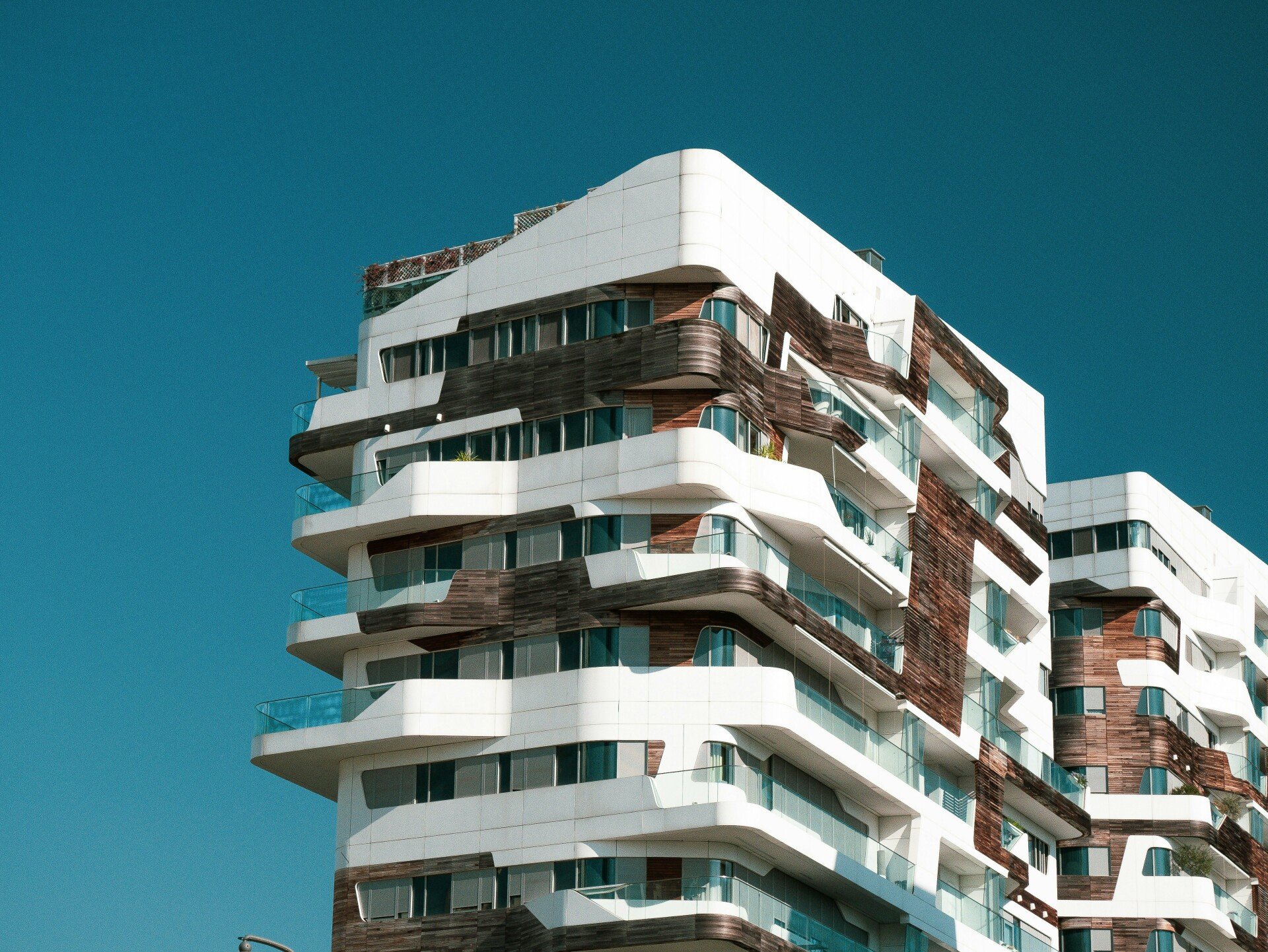*This article was automatically translated from Spanish and may contain minor language imperfections. For reference, the original version is available at the link above.
Spain is a country for student housing. According to Bonard's Student Housing Investor Intentions Survey 2025 report, Spain is the global market with the highest potential for investing in Purpose-Built Student Accommodation (PBSA) assets. This study was prepared based on a macro-survey conducted by the consultancy firm among 112 companies that operate, invest, and carry out developments in this residential subsegment (or plan to do so). Respondents favor Spain in 39.2% of cases. In second place is Germany, with 33.8%, and in third place is Italy, with 29.7% (this question allows multiple answers). The top five is completed by the United Kingdom and Canada, with 24.3% each. The market with the fewest responses is Belgium, which accounts for just 1.4% of the total.
Among the respondents to this survey, the largest percentage (28.6%) are involved in development, followed by 14.3% in real estate funds, 11.6% in care home operators, and another 11.6% in private equity funds , among others. The majority (more than 63%) work for companies both in the United Kingdom and various locations in Europe, although Canadians and Americans are also present. Only seven of the respondents work for Spanish entities . More than half of the companies represented (53.3%) have invested less than €500 million in these types of assets, although organizations with larger PBSA portfolios have also participated, reaching over €5 billion (but only 6.5%). At the same time, the majority of them (31.5%) manage or have investments in a number of beds ranging from 1,501 to 5,000.
When asked what transaction strategy they will pursue in 2025, a remarkable 83.1% will choose to invest "only when returns are sufficiently high". Compared to last year's transactions, 32.3% will invest over 30% more in 2025, 25.8% of respondents will spend between 11% and 30% more, and 24.2% will invest the same percentage of their total asset portfolio. Meanwhile, more than half (54.8%) of respondents expect investment volumes to grow moderately, compared to a quarter (25.8%) who believe they will increase "considerably."
Regarding rents, Martin Varga, real estate business development director at Bonard, states that:
"We expect them to rise further this year, driven by strong demand and continued cost pressures."
When asked how respondents plan to offset these rising costs, 40.5% indicate they will pass them on to rents , and 31.1% will try to make their operations more efficient to lower them. This is compared to 18.9% who will try to find ways to become more efficient, and only 9.5% who lower their margin and profit expectations.
Varga also predicts that "income growth will remain above inflation in most European countries," a statement echoed by 40.3% of respondents. Conversely, 45.8% believe incomes will rise at the same rate as inflation , while 13.9% believe they will rise at a slower rate.
When asked about profitability, 41.4% believe yields will remain at the same levels as in 2024 this year, and 40% predict they will contract by up to fifty basis points. Those who believe they will grow represent 12.9% of respondents.
The biggest challenges are rising land and construction prices and the high cost of financing.
The biggest challenges facing student housing are, from greatest to least, rising land and construction prices, high financing costs, uncertainty in the geopolitical and macroeconomic environment, and a lack of investment opportunities. The circumstances that least concern Bonard survey participants are high inflation, rising interest rates, and a lack of market knowledge . In this case, the consulting firm does not provide the specific percentages recorded by the respondents.
According to respondents (via multiple options), the growing demand for student residences is driven by increased interest from pension funds and other long-term investors (in 50% of cases), core capital investors (in 48.6% of cases), and the growth in average ticket prices (38.9%). Only 12.5% deny perceiving growing demand from investors.
Finally, the most positive aspect (and the reason for investment) in this type of housing solution is its countercyclical dynamics (47.9%) , rapid occupancy (24.7%), and the possibility of increasing rents several times a year (9.6%). Bonard emphasises "the strength and adaptability" of this type of accommodation.





